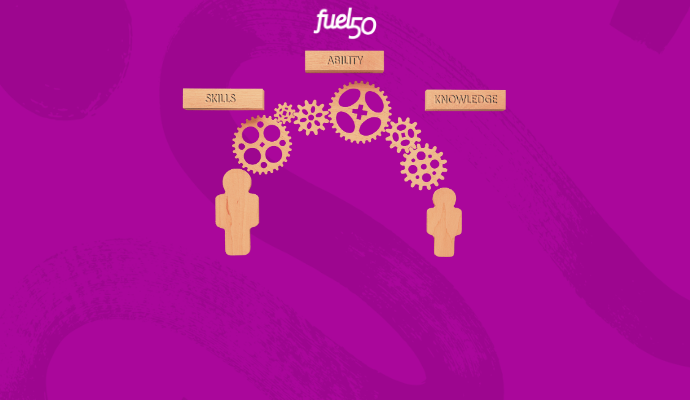This post was first published in June 2018
When the Wall Street Journal interviewed Josh Bersin on the 21st Century Career ‘Experience’ in 2018, he discussed how “careers” evolved into “experiences”.
“In the past, a career traditionally followed a prescribed path from manager to director to VP to senior VP, and so on. That path is much less common today. A career now involves a series of increasingly important developmental exercises. Hopefully, these exercises follow a theme, but many people avail themselves of opportunities unrelated to their core job responsibilities, making them that much more effective and successful when they return to that domain.”
How have careers changed?
Much has changed in how careers develop and employees progress. Previously careers followed a staircase model with a promotion every couple of years, with linear progression to the top. Today’s career paths are far less straightforward with ‘experiences’ playing an important part in replacing these traditional vertical trajectories.
Defining Career ‘Experiences’
In the era of horizontal career paths, lateral moves become crucial for advancement. Valuable experiences stem from stretch assignments, gigs, job rotations, learning assignments, and mentorship, fostering a sense of growth and acceleration. According to Josh Bersin, these diverse experiences enable professionals to cultivate a broad skill set, becoming fluent in various business areas.
Why Embrace Experiences?
Professional development through experiences exposes individuals to new opportunities, facilitating the acquisition of skills and perspectives that diversify thinking. Research indicates that engagement increases by up to 30% when careers are designed around experiences rather than rigid position titles.
As well as enhancing employee satisfaction, the shift also benefits organizations by addressing talent gaps and promoting agile workforces that can better respond to market dynamics. With automation and AI are taking over some of the heavy lifting of manual, repetitive tasks there is greater focus and importance placed on cultivating and developing human-centric skills to ensure effective workforce agility.
What’s Next?
While jobs are evolving, the future holds promise. Approximately 85% of jobs available in 2030 haven’t been invented yet. New job titles continue to emerge, reflecting the limitless possibilities in roles such as employee experience manager, digital storyteller, drone operator, and robot trainer; and workforce and skills architectures demand constant adaptation to align with evolving jobs and industries.
In today’s world of work, organizations need to provide upskilling and reskilling opportunities firstly to ensure that employees can develop their skillsets and remain engaged, and secondly to ensure that the workforce can respond agilely as and when needed.
If your organization is facing these challenges chat to one of our experts to see how Fuel50 can help.






